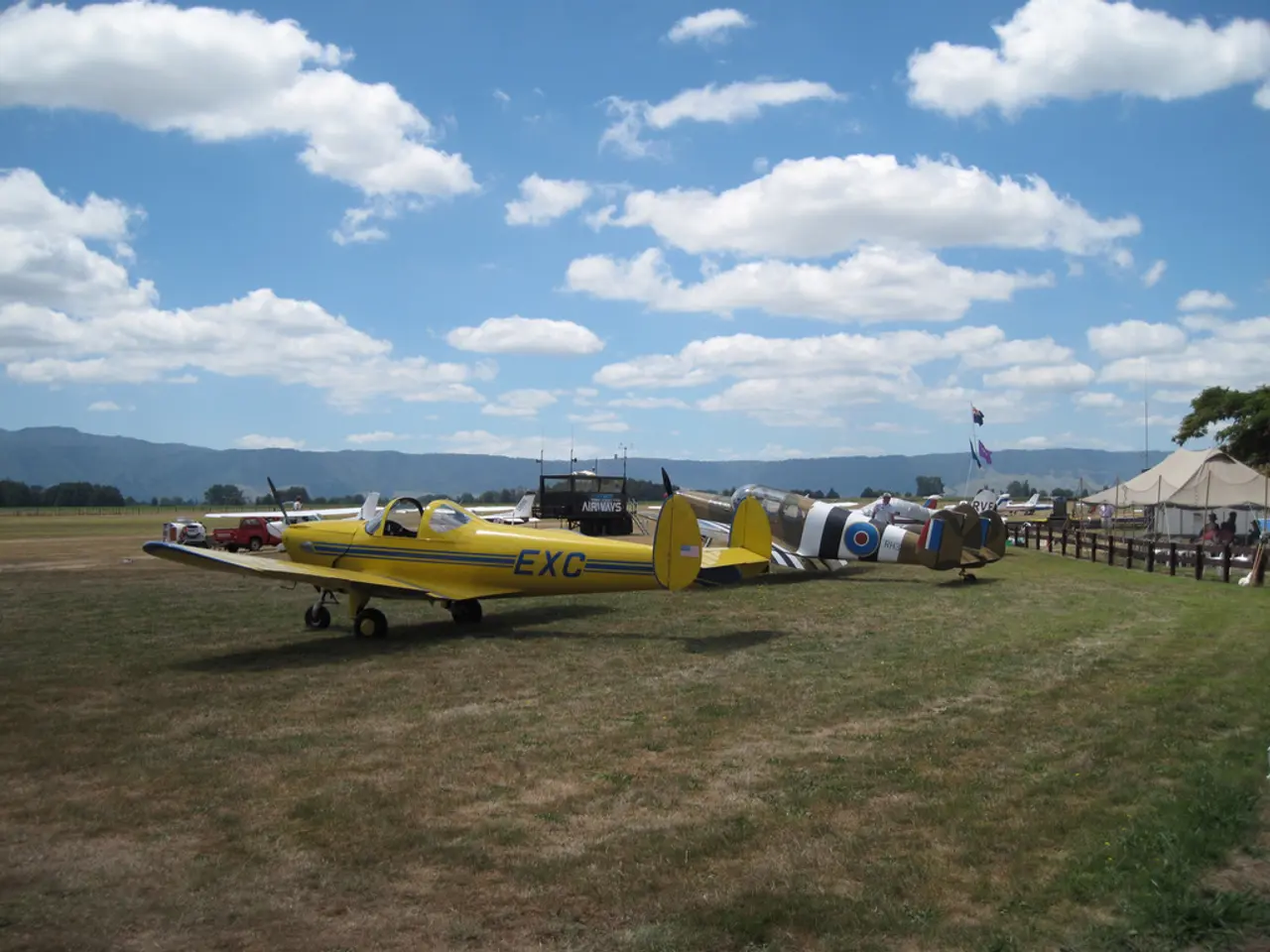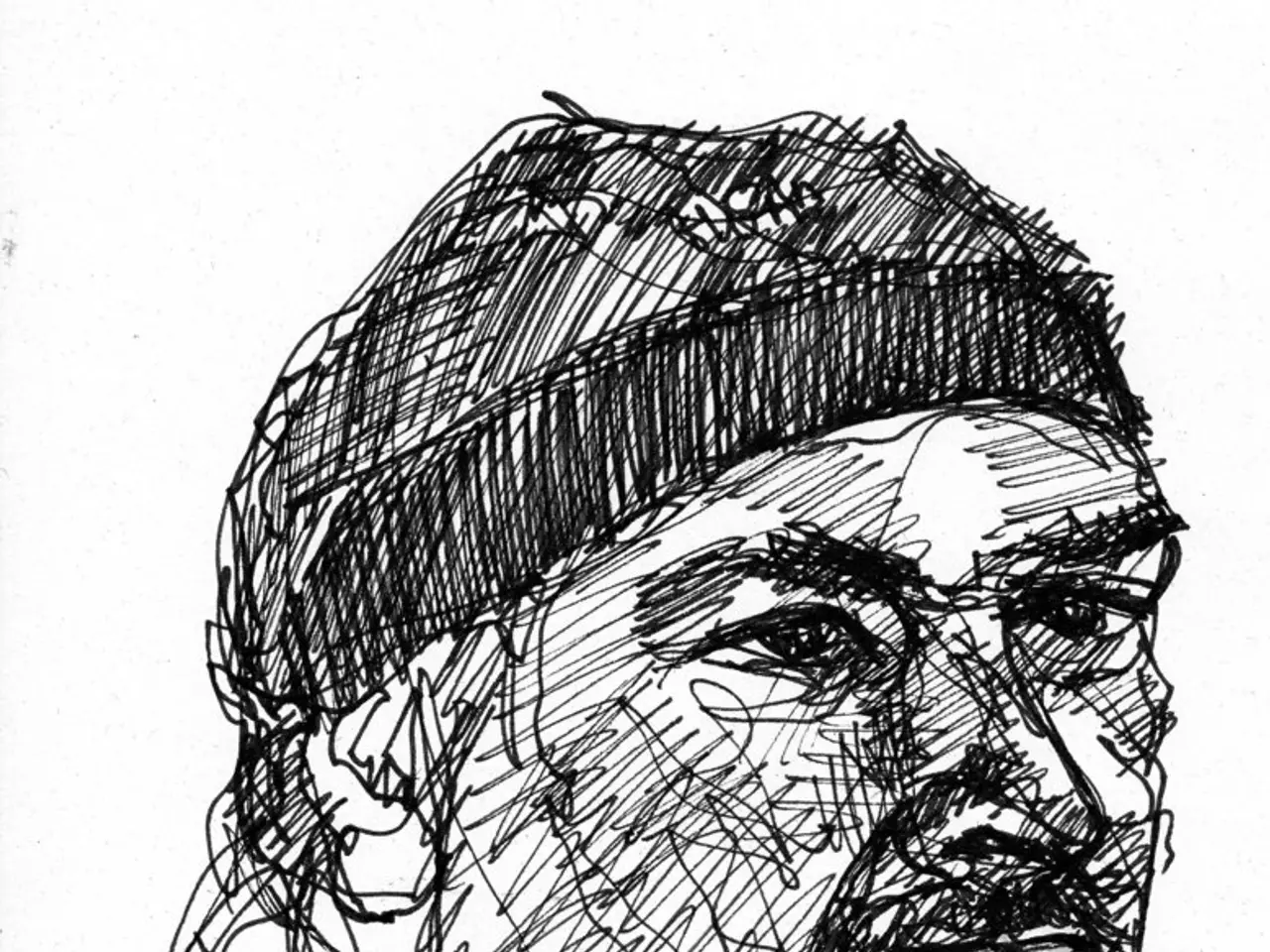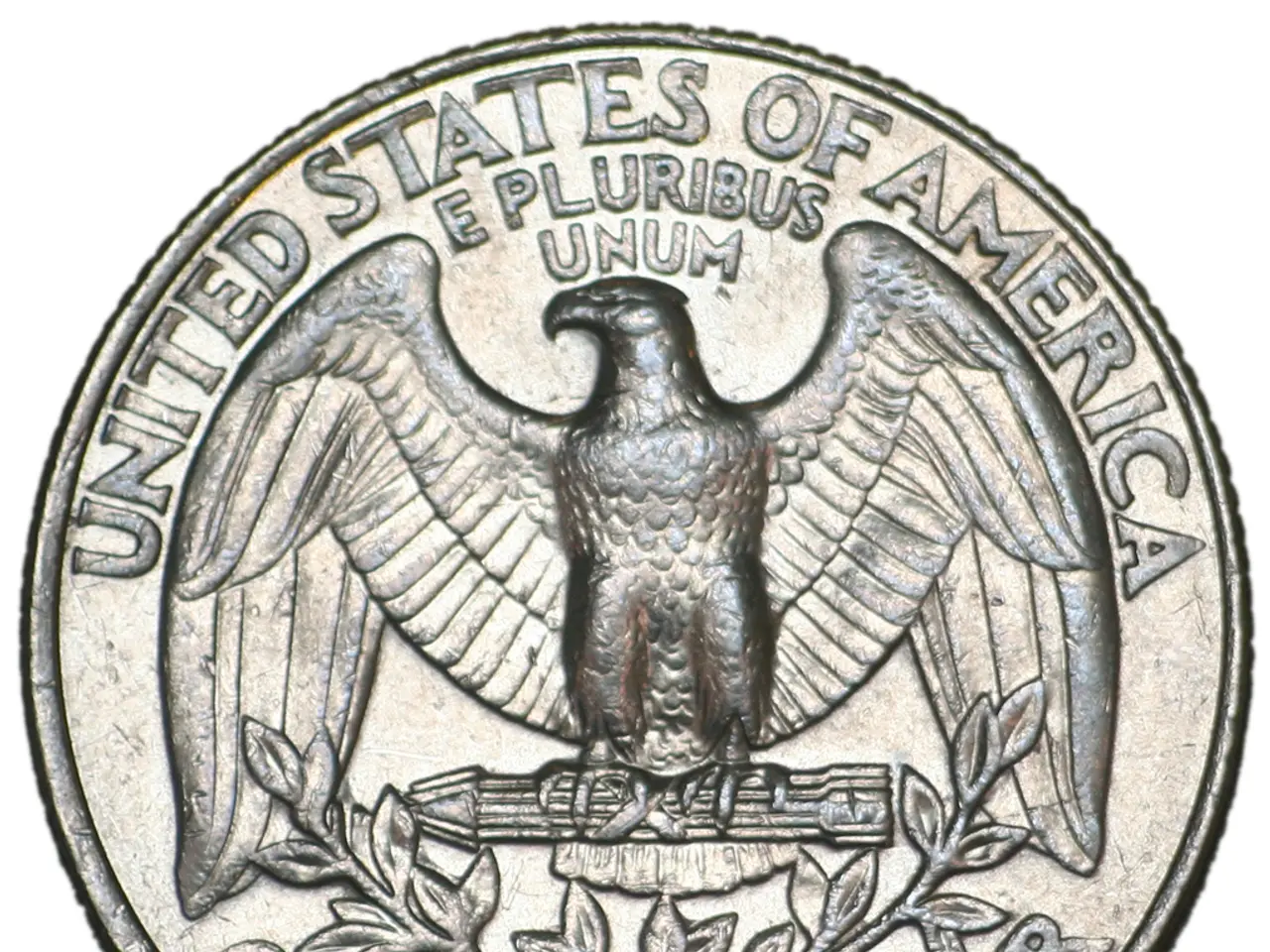Practical Guidelines for Flying Drones in Cold Weather
Winter can pose unique challenges for drone enthusiasts, but with careful planning and precautions, you can safely capture stunning winter aerial footage. Here's what you need to know to fly your drone safely during the colder months.
Battery Performance
Lithium-ion batteries, commonly used in drones, are less efficient and have reduced capacity in cold temperatures. Always use fully charged batteries that have been preheated to at least 20°C before flight. Initially hover the drone at a low altitude for a few minutes and make small movements to warm up the battery in-flight. Avoid sudden control inputs to prevent voltage drops, and monitor battery levels closely as cold weather drains batteries faster.
Visibility
Winter conditions like fog, snow, and rain can significantly reduce visibility. Avoid flying in dense fog or precipitation as it impairs line-of-sight, which is critical for safe drone operation. Utilize drones with intelligent flight features such as return-to-home, obstacle avoidance, and wind resistance alerts to help maintain control when visibility declines.
Ice and Frost Formation
Frost can form on propellers and sensors when flying in conditions where the drone’s surface temperature is at or below freezing and humidity is high. This frost reduces lift and aerodynamic efficiency, which can destabilize flight. Avoid flying during freezing rain or when dew point conditions indicate frost risk. If frost starts forming, land immediately to prevent damage or loss of control.
Additional Safety Tips
- Shorten flight durations in unstable winter conditions to preserve battery life and reduce risk.
- Fly lower to avoid strong turbulence common at higher altitudes during weather fronts, while keeping a safe clearance from obstacles.
- Always check local drone regulations.
Preparing for Winter Flights
To ensure a successful winter flight, always check the weather forecast and avoid flying in extreme conditions. Keep your drone batteries warm, either in a warm car or well-insulated container. Quickly wipe away any ice before relaunching the drone.
Winter Photography Tips
Adjust your camera settings for better winter photography: increase shutter speed to freeze motion and adjust white balance to account for the cooler tones of winter scenes.
By following these guidelines, you can significantly improve the safety of winter drone flights and capture stunning winter aerial footage. Happy flying!
[1] Drone Pilot Ground School [2] UAV Coach [3] GoPro
- Despite the challenges winter poses, utilizing preheated batteries and intelligent flight features can help ensure a safe flight for drone technology in cold temperatures.
- Carefully adjusting camera settings, like increasing shutter speed and accounting for cooler tones, can result in impressive winter aerial footage using drone technology.




